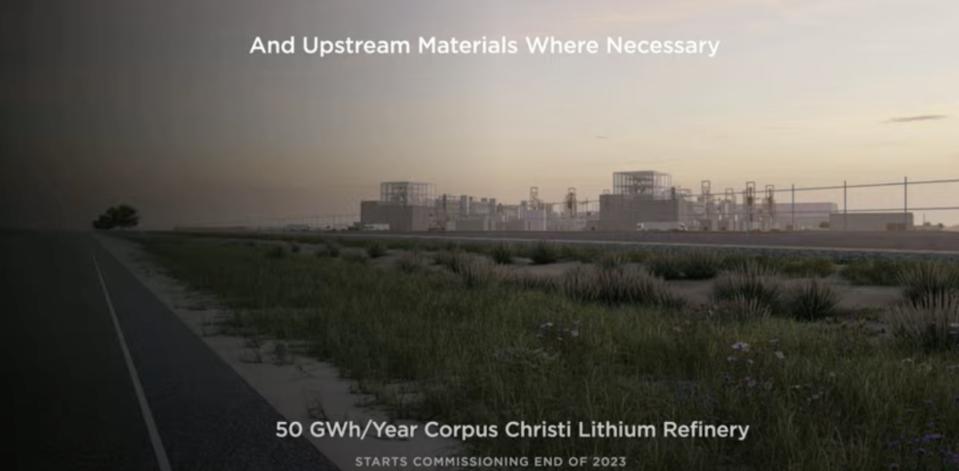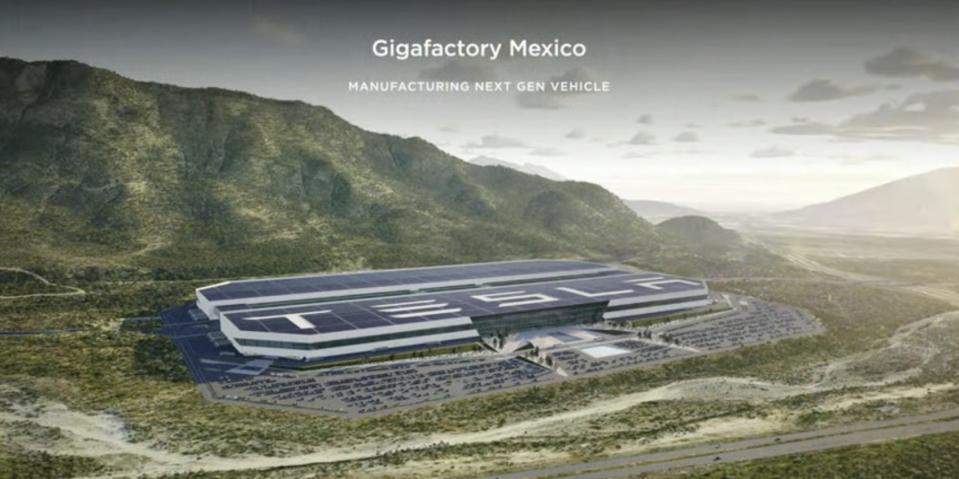Everything Elon Musk and execs shared (and skipped) at Tesla Investor Day
The big, giant message Tesla CEO Elon Musk and other execs tried to impart during its four-hour Tesla Investor Day was how the company would be the driver of a global shift away from fossil fuels and towards renewable energy. Investors, at least those active after the market closed, weren't impressed perhaps because it lacked that big product announcement, specific details on the next step in its so-called master plan 3 or Musk's signature "one more thing" line.
Shares of Tesla fell 5.66% in after-hours trading.
Much of the event was more history lesson than a forecast of future business — although the nuance was that, of course, all roads lead to the future. And large sections of the event were dedicated to operational efficiencies and efforts to reduce cost at virtually every level of company. (which normally investors like).
Perhaps the most interesting parts are what was not said. Musk and an unusually long lineup of department leads did not share new details on Tesla's next-generation EV and its upcoming factory in Mexico nor did they address current issues with its Full Self-Driving software that is currently unavailable to those who opted to buy the $15,000 option due to a recall.
Still, there was some news and insights from the event. Here's a roundup highlighting the big stuff.
20 million EVs a year by 2030
Image Credits: Tesla/screenshot
This isn't a new goal for Tesla. But a string of executives, who came on stage to talk about everything from manufacturing and raw materials to design, charging and batteries, all really tried to prove their case for how they would reach that goal.
The slide above shows the existing portfolio, the Model S, Model X, Model Y and Model 3 — as well as the Tesla Semi and the Cybertruck, and two veiled vehicles.
It's worth looking at the 20 million vehicles per year number for a bit of a reality check. Tesla produced 1,369,611 and delivered 1,313,851 vehicles in 2022. Toyota, the global sales leader, sold 10.5 million vehicles last year.
That means, and follow the math, Tesla would need to increase its production (and sales mind you) about 15 times from 2022.
So, how will Tesla achieve this? Musk said it's not a demand problem (a phrase he has used repeatedly in the past). The tough part is building the darned things, he said. Tesla's answers are: vertical integration, scaling existing factories and building new ones, making the manufacturing process more efficient and adding a few more models. (But, interestingly, not too many; Musk said maybe 10 models total).
Vertical integration and slashing costs
Tesla is famous for its constant push towards vertical integration. It's the only car company in recent memory that took on making its own seats, for instance.
That message continued at the investor event, with executives discussing different pieces of the vertical-integration goal. Tesla has brought in house already, including building its own chip. But the company has continued to push the bounds of vertical integration, right down to the software it uses for in-house operations. Execs said that recently that got rid of an outsourced software for recruiting to use its own and that it developed its own purpose-built microprocessor for high-power electronics that will reduce costs by half.
For Tesla, vertical integration equals cost reductions. And that's one of the big aims to achieve that bigger mission.
Lithium plant in Corpus Christi
Image Credits: Tesla/screenshot
Tesla has even extended its vertical integration efforts to the materials it uses in battery cells.
Tesla officially broke ground at a new lithium refinery in Corpus Christi, Texas, Drew Baglino, senior vice president of powertrain and energy engineering, confirmed during the event.
During the presentation, Tesla showed a rendering of the 50 gigawatt-hour per year lithium refinery. The company's messaging around speed and scale continued with the refinery project, as Baglino noted they're working to have it operational by the end of 2023.
"This is a good example of something where we're basically talking about breaking ground and and starting commissioning within 10 months and with actual production within 12 months," Baglino said. "That's the target."
Musk added later, during a Q&A session, that a cathode processing facility will eventually be built adjacent to the lithium refinery. He also noted that the company would prefer if others took on lithium mining.
"We're doing it because we have to not because we want to," Musk said.
Mexico factory
Image Credits: Tesla/screenshot
Mexico President Andrés Manuel López Obrador technically broke the news Tuesday, but Musk reiterated the announcement without sharing any new details aside from a rendering.
"We're excited to announce that the next Tesla gigafactory will be in Mexico near Monterey," Musk said. "We do want to emphasize we will continue to expand production at all of our existing factories, including California, Nevada, here in Texas, Shanghai, so we intend to increase production at all factories. So the Giga Mexico would be supplemental to the output of all the other factories."
Musk went on to tease a grand opening event at the factory.

 Yahoo Autos
Yahoo Autos 


